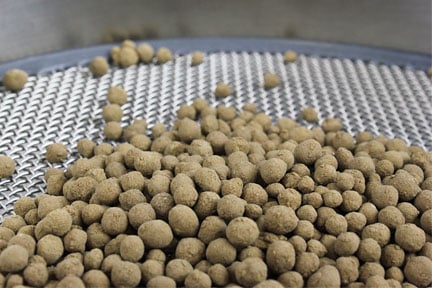While most focus is given to the main pieces of equipment in a limestone processing operation, the bulk handling system also plays an important role in assuring that the process runs smoothly from one step to the next. As a heavy-duty, abrasive mineral, limestone requires a bulk material handling solution that offers flexibility, automation, and robust construction.
Limestone processing operations are not unlike other mineral processing facilities that require an engineered bulk handling solution. In particular, its varying composition can present challenges, making a one-size-fits-all handling system an inadequate solution when it comes to the demands of limestone. Systems designed around limestone’s challenging characteristics, as well as the unique characteristics of the particular limestone source being processed, will produce the most reliable and efficient results.
Limestone Handling Equipment
Common pieces of limestone handling equipment include:
Bucket Elevators
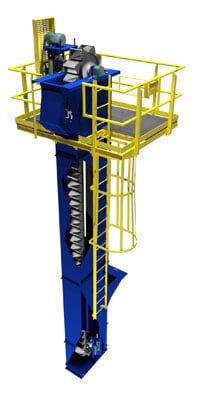
Bucket elevators are commonly used in limestone processing to transport limestone vertically. Bucket elevators are robust, and able to handle high capacities, making them ideal in a limestone processing setting. Various types of bucket elevators are available, including slow speed continuous style in either single chain or double chain type, and higher speed centrifugal chain style.
Troughed Belt Conveyors
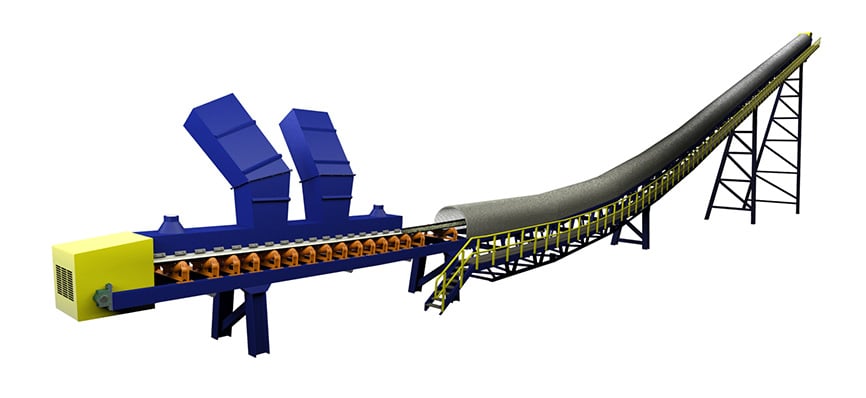
Troughed belt conveyors are the backbone of a limestone handling operation, filling in the gaps and transporting material from one stop to the next, as well as to storage, transport, or shipping. Various options are available for customizing belt conveyor systems, including belt trippers, belt cleaner systems, and loading skirtboards.
Belt Trippers
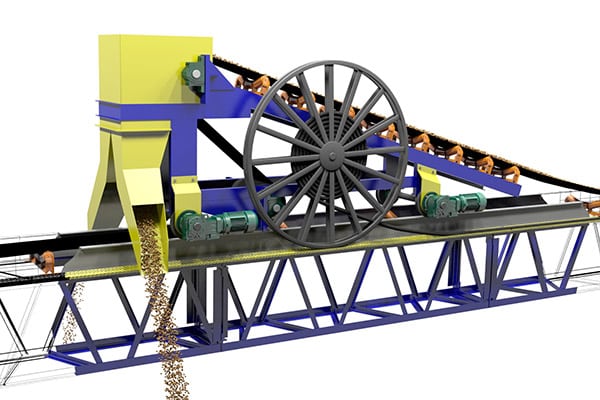
Belt trippers, or tripper conveyors, increase flexibility in a limestone processing operation. While a conveyor alone transports limestone from one end of the conveyor to the other, a tripper allows limestone to be discharged at any point, or at multiple points, along the conveyor. This is particularly valuable for creating long, continuous piles of limestone in either “inside” or “outside” storage settings.
Belt Feeders
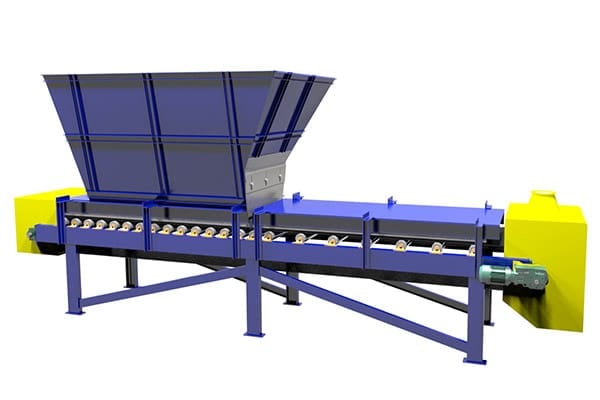
Belt feeders consist of a slow speed conveyor belt on rollers, and allow limestone to be discharged at a controlled rate, from a hopper or bin, into the process. Belt feeders can accommodate a wide range of capacities, and are available in many different belt widths.
While it varies per manufacturer, there are a variety of options available for customizing bulk material handling equipment to suit the challenging needs of limestone. This might include specialty alloys for construction, or reinforcing areas of equipment that are particularly susceptible to abrasion, among others.
When looking at a handling system for a limestone processing facility, planning for the challenges that limestone presents will go a long way in designing a reliable limestone handling system.
FEECO has been designing limestone handling systems and process solutions for over 70 years, providing the best in robust, custom limestone handling equipment. For more information on limestone handling systems, contact FEECO today!



